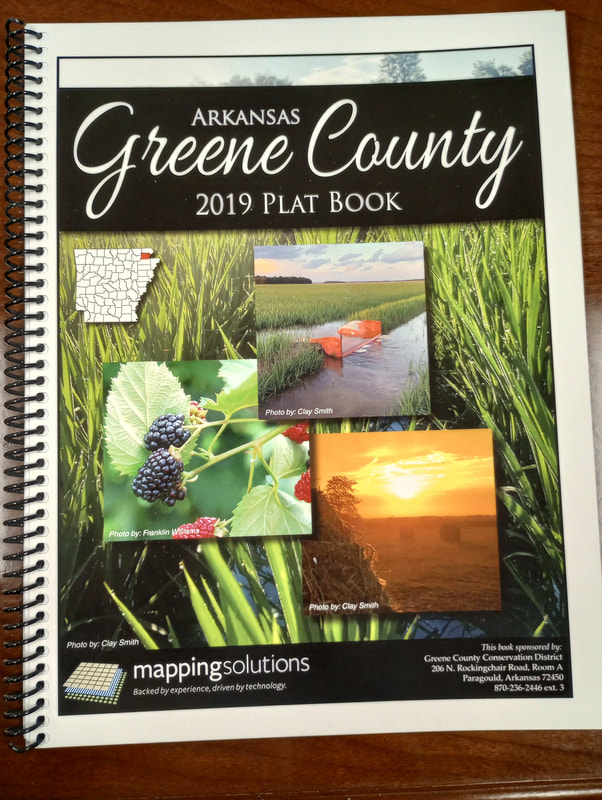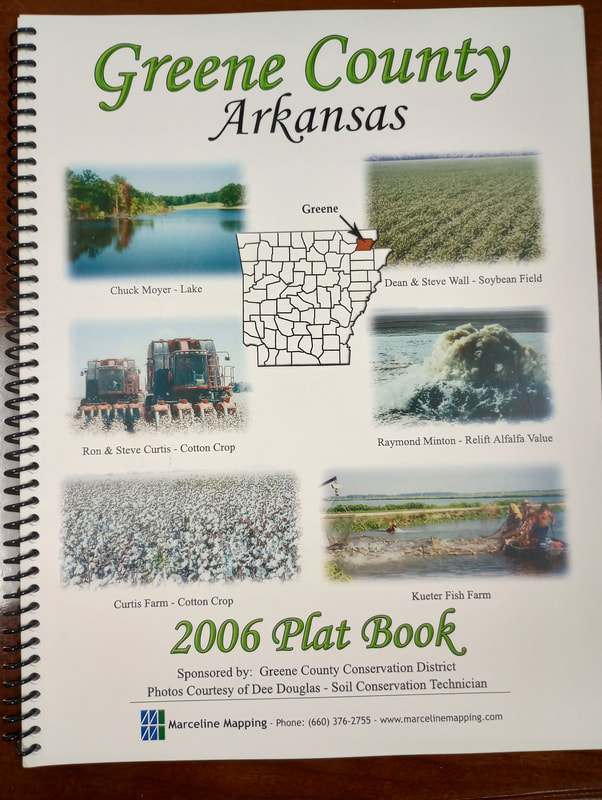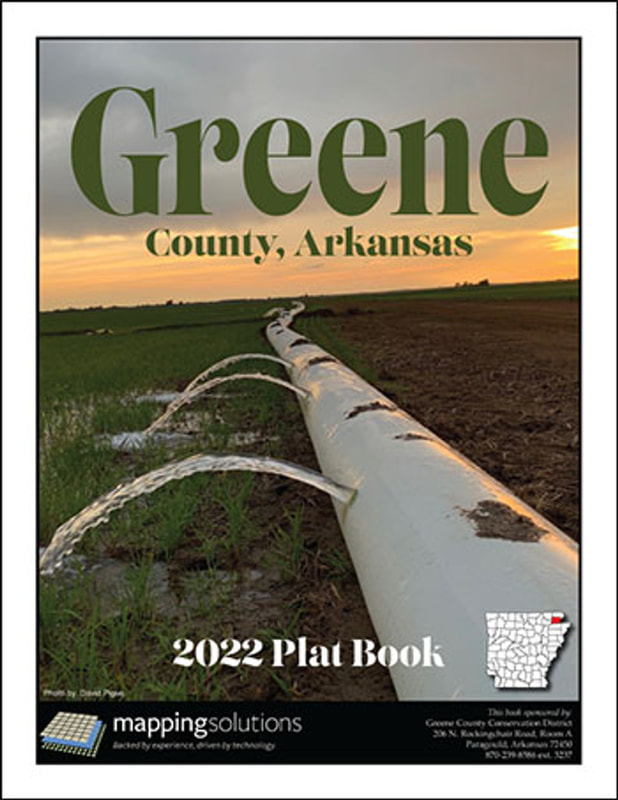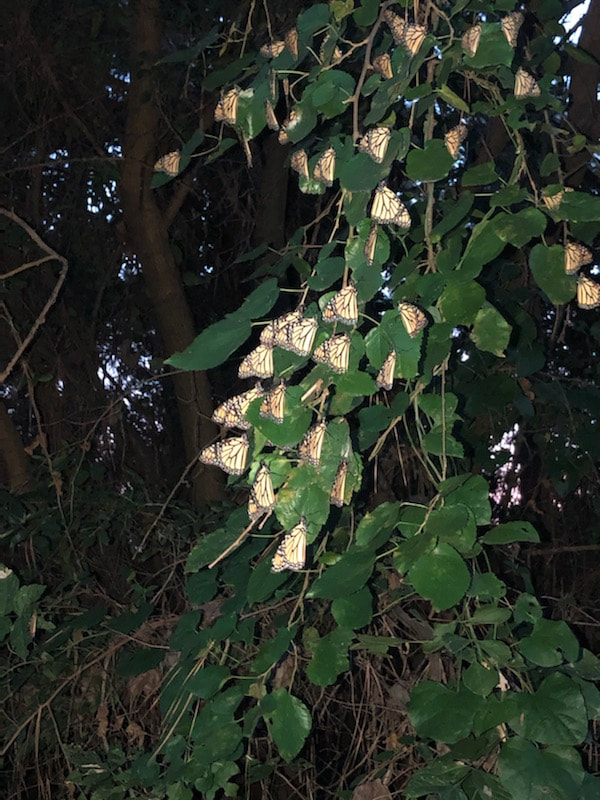What's going on in the office?
Well Registration October 1st - March 31, 2025
District Board Meetings are the second Tuesday of each month at 9:00 am in the district office conference room.
We still have plenty of Pecans for sale here in the office!
Come on by and get a bag Monday - Friday, 7:30 am - 4:00 pm.
District Board Meetings are the second Tuesday of each month at 9:00 am in the district office conference room.
We still have plenty of Pecans for sale here in the office!
Come on by and get a bag Monday - Friday, 7:30 am - 4:00 pm.
We also have plenty of plat books to choose from! There are some 2006, 2014, 2019, and the most recent: 2022!
2006 and 2014: $5 each
2019: $20 each
2022: $50 each
Don't forget your wall maps! If you'd like a large map of the county, we can get you fixed up! Wall maps are $100 each.
2006 and 2014: $5 each
2019: $20 each
2022: $50 each
Don't forget your wall maps! If you'd like a large map of the county, we can get you fixed up! Wall maps are $100 each.
Well Registration
October 1st, 2024 - March 31, 2025
October 1st, 2024 - March 31, 2025
Who We Are
The Greene County Conservation District is managed by a board of 5 directors to help producers in the county with conservation. The board members must be landowners in the county. Three of the directors are elected by a public vote, Kory Randleman, Kellie Harvill, and Brad Gray and two are appointed, David Pigue and Fred Gates by the Arkansas Natural Resources Division. The GCCD currently employs a county manager, Tanginna Atwood, an Irrigation Specialist, Jake Rieves and a Conservation Technical Assistant, Tanginna Atwood to perform the conservation activities in conjunction with Greene County NRCS staff.
BUTTERFLIES.
Picture taken from Portia, AR on 10/11/2021.
Picture taken from Portia, AR on 10/11/2021.







